Description
The Sandhole was Preston’s place of debauchery and shame. But Victorian morality ensured that it never appeared on any town maps, and despite regular reports in the newspapers of the time, it doesn’t even survive in folk memory. It is a part of Preston’s history that has been completely lost. Until now.
Local author and historian John Garlington came to the Sandhole, metaphorically speaking, by accident, while researching his family history. After some hesitation, he decided to explore further, uncovering a world of poverty, desperation and barbarism, inhabited by those who never really had any chances in life.
This carefully researched book is revealing, readable and important. Not to be missed.
- Author: John Garlington
- Imprint: Palatine Books
- ISBN: 978-1-910837-47-4
- Binding: paperback
- Format: 216 x 138mm
- Extent: 256 pages
- Illustrations: 25+
- Audience: GENERAL
- Publication date: 24 November 2023

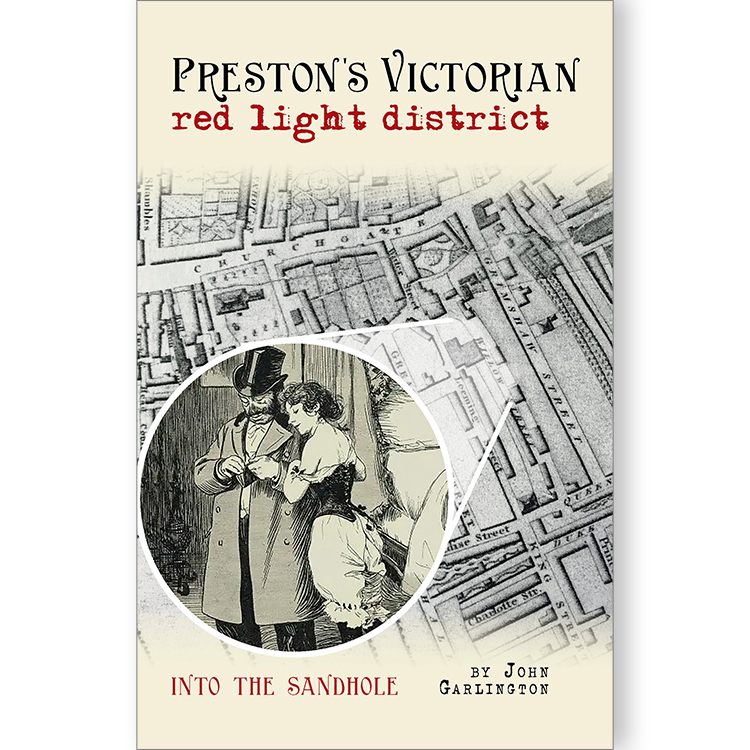
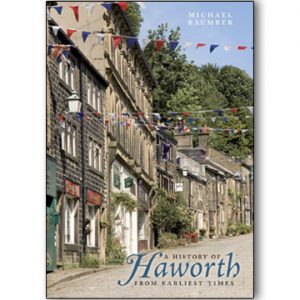
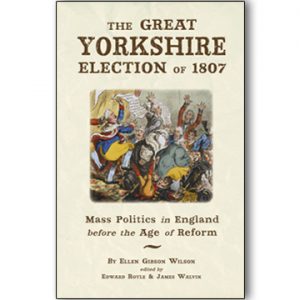
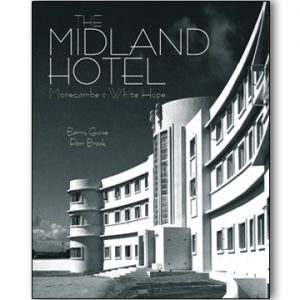
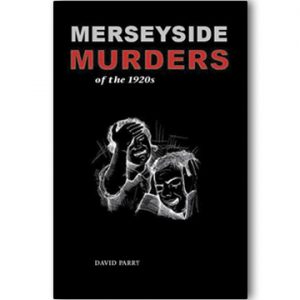

Michael Winstanley –
This is not an easy read, not because it is badly written or organised, but because of what even the author describes as its ‘grim’ contents. As well as the ‘unlawful and immoral’ he depicts ‘the desperation of the permanently lost, some of whom never had much chance in life … lives spinning out of control through the lack of any safety net’. (ix) The focus of the book is largely on a district of old low-quality housing just off Preston’s main thoroughfare which was colloquially known in the mid-nineteenth century as the Sandhole. Here, amidst general public squalor were a collection of pubs and beer houses, often functioning as brothels or ‘places of ruinous resort’. Chapters describe in considerable detail the poor public health provisions of the area; the nature and role of licenced premises; the downfall of a local policeman who died in the area; report of frequent assaults and violence; the names of regular prostitutes, thieves and criminals and their misdemeanours; the local authorities’ and organisations’ attempts, assisted by changes in national legislation, to clamp down on ubiquitous drink culture. A final chapter suggests some reasons for the end of the area’s poor reputation in the closing decades of the century including improving living standards, the demolition and redevelopment of some of the properties and, perhaps rather optimistically, the effects of various religious and moral reformers.
What this book does ‘in remarkable detail is paint an intimate portrait of ‘low life’ in the mid-nineteenth century. Many of the prostitutes began in their early teens; few of them, or the residents of the district generally, enjoyed a long life. Escape from the Sandhole was not easy. This is a research exercise which could be repeated in towns up and down the country, providing a counterbalance to the largely Whiggish portrayals of town histories in many contemporary reports and later histories.
Full review by Michael Winstanley in The Historian, Issue 162 (2024)